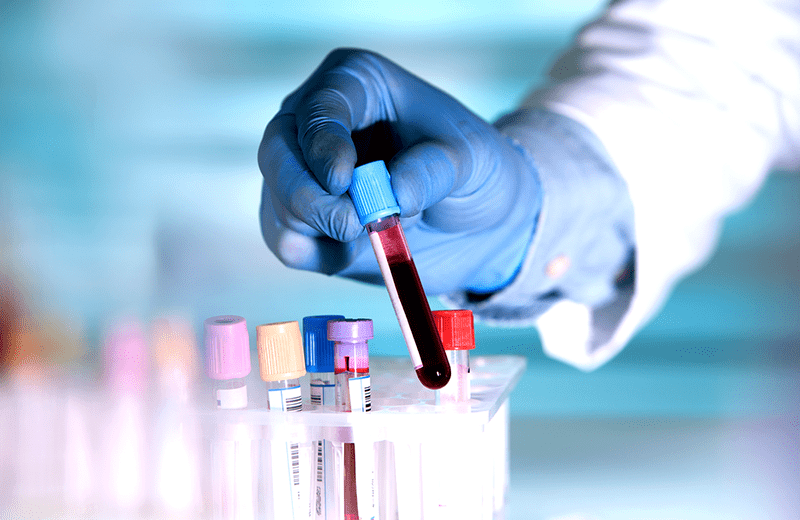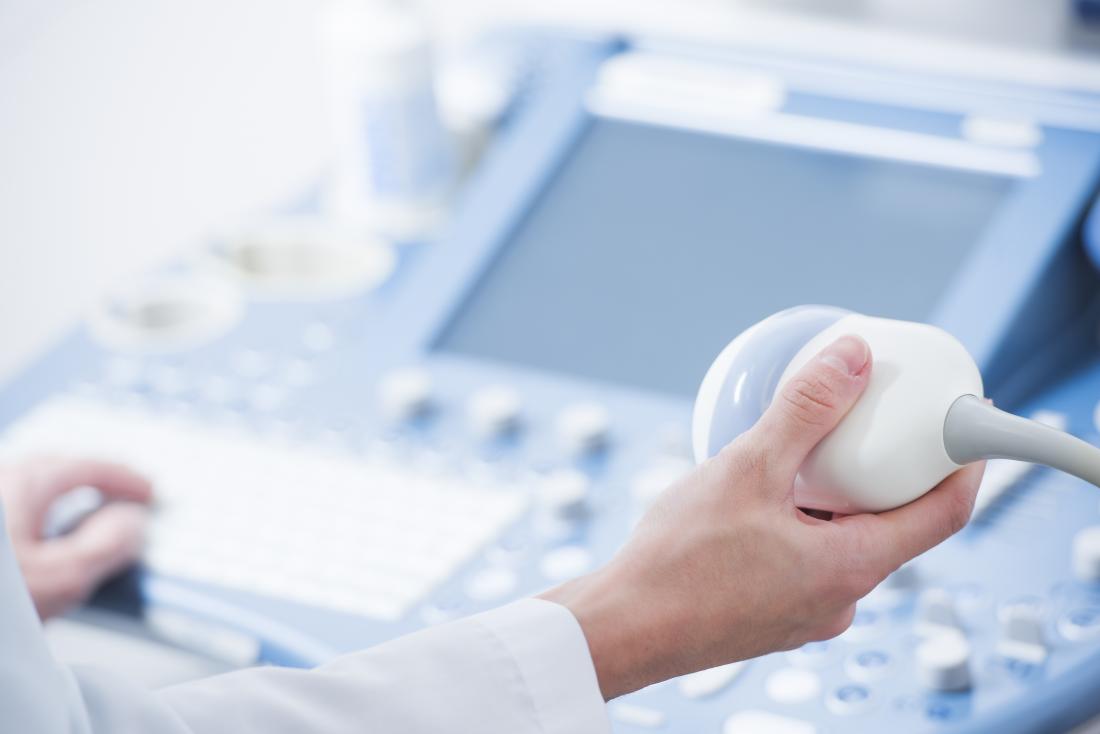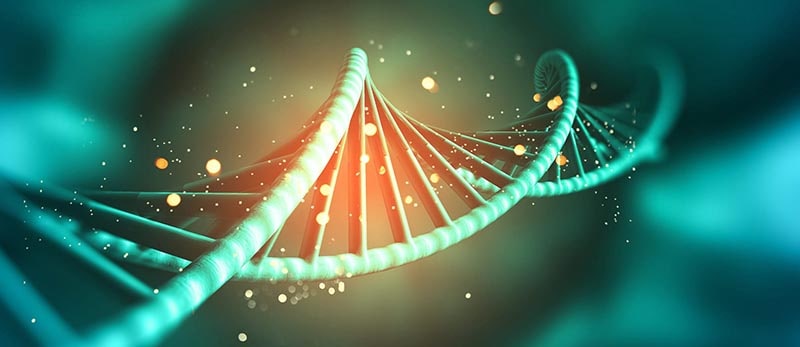Male Diagnostic Procedures
Semen analysis
Also referred to as a sperm count test, it is the cornerstone of a male fertility evaluation. It allows to assess the health of a man’s sperm, by analyzing the volume, pH and liquefaction of the sample, the number of sperm cells, their viability, motility, and morphology, as well as the number of red and white blood cells. The most commonly used normal values for a semen analysis are from the World Health Organization’s (WHO) 2010 update.
Semen analysis is better performed at the laboratory, following an abstinence period of 2 to 5 days.

Male Hormonal Workup
A full hormonal evaluation is warranted in males with altered sperm parameters, in order to identify treatable endocrine causes (hypothalamic, pituitary…). The workup generally includes serum FSH, LH, total testosterone, prolactin and TSH…

Testicular ultrasound
A testicular ultrasound is ordered in all males with altered sperm parameters to assess the anatomy of the testis, epididymis, and spermatic cord. Color Doppler imaging is always performed to rule out varicoceles, known to negatively impact sperm quality. A transrectal ultrasound can be ordered in some cases of azoospermia in order to assess the prostate, the seminal vesicles and vas deferens.

Sperm DNA fragmentation test
Sperm DNA fragmentation test measures the proportion of sperm with fragmented DNA. DNA integrity is essential for fertilization and normal embryo development, and a high DNA fragmentation had been associated with decreased fertility, pregnancy loss, and implantation failure.

